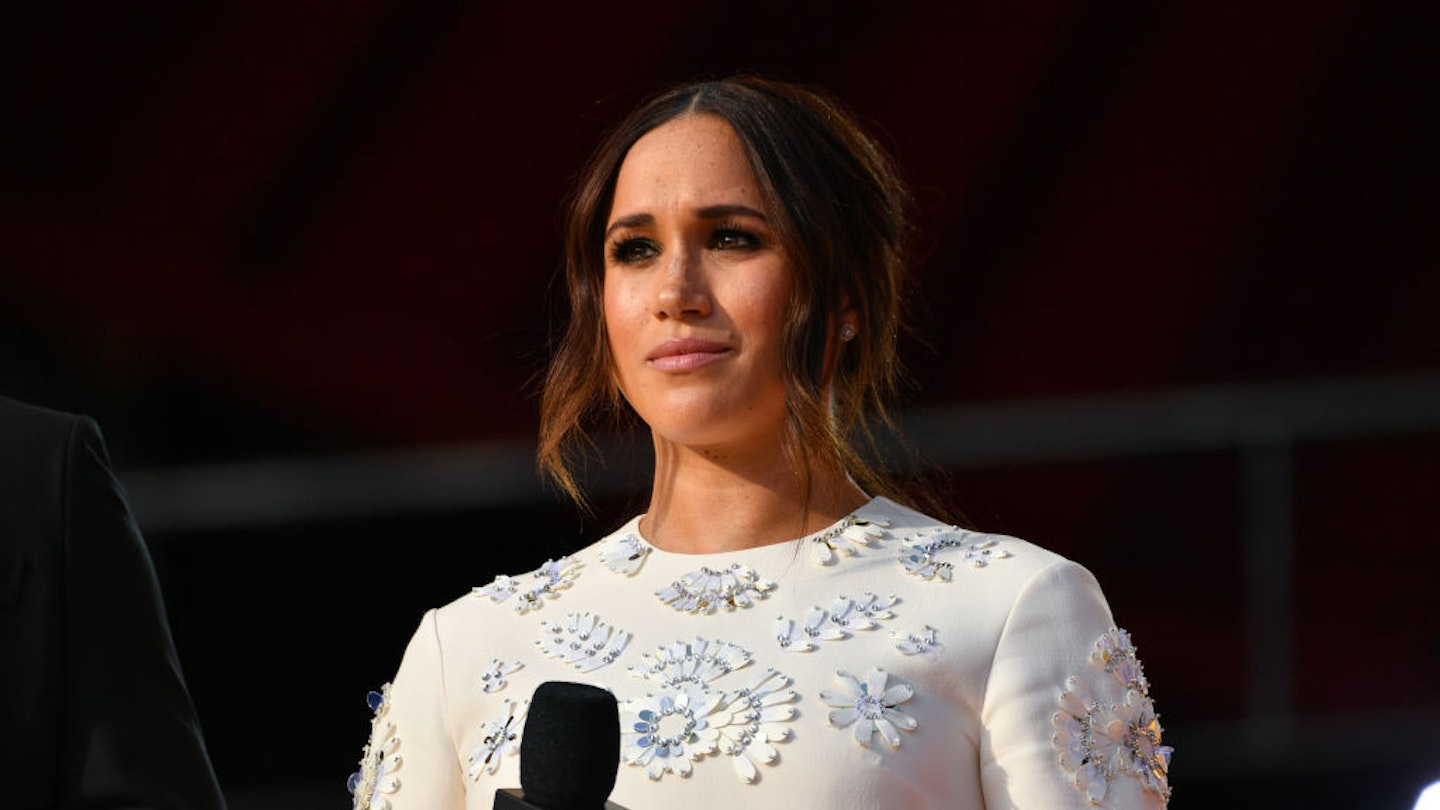Anyone who was on Facebook between 2009 and 2014 will be familiar with calls for a ‘dislike’ button. Thousands-strong Facebook groups and pages (remember those?) demanded that Mark Zuckerburg introduce a button for people to express disagreement, sympathy and displeasure.
And now Meghan Markle has reignited this age-old campaign by calling for a dislike button to be introduced on Instagramto help reduce trolling comments. Speaking at the NYTDealbook Online Summit on Tuesday, the Duchess pointed out that Instagram has the facility to like and comment, but not to dislike.
The 40-year-old suggested that introducing a dislike button would discourage negative comments, by giving people another way to express disagreement.
‘One of the things that seems like such an easy solve from my lens, if you look at Instagram, for example, there's a like button and then there's comments,’ she said. ‘So if you disagree with something you have to comment on it in a really vitriolic way. If there was a dislike button, wouldn't that hugely shift what you were putting out there, because you could just like it or just dislike it.
‘Now you have to like it or say something negative. It is just adding to this really unfortunate cycle that I think is having an unfortunate effect on women across the world.’
Ever since the ‘like’ button was rolled out on Facebook in 2009, three years after the platform was made publicly available, people have called for its opposite number.
In 2014, Mark Zuckerburg directly addressed the demands, saying: ‘Some people have asked for a dislike button because they want to say, "That thing isn't good." And that's not something that we think is good for the world. So we're not going to build that.’
Two years later, Facebook introduced ‘reactions’, allowing users to react with shock, anger and sadness to posts on their timeline, rather than liking them. However, it still swerved the ‘dislike’ option.
For once, I’m inclined to agree with Mark Zuckerburg on this one. Earlier this year, Instagram introduced a facility allowing users to hide likes on their posts after a barrage of criticism over the platform’s impact on self esteem. This felt like an important milestone in recognising the link between likes and self worth. Imagine if users (especially young people), had to contend with the number of ‘dislikes’ their content attracted, as well as feelings of inadequacy over their number of likes.
Two platforms which already allow upvotes and downvotes (or likes and dislikes), YouTube and Reddit, are not the kinds of spaces we would consider safe and uplifting for personal content about our lives.
Meghan’s right, more action needs to be taken to protect people, especially women, from trolling. But a dislike button is unlikely to do so.
